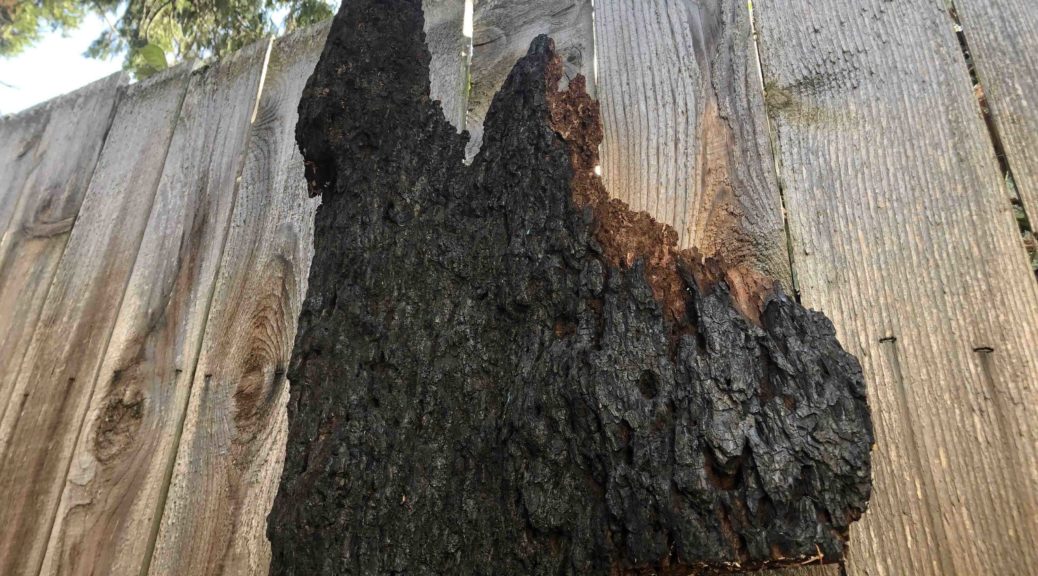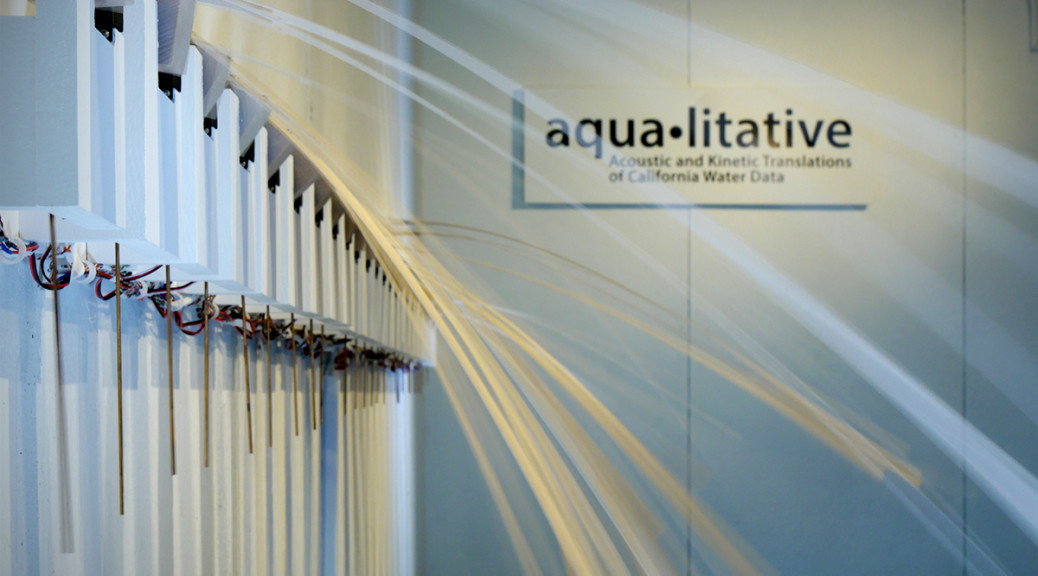The Athabasca oil/tar sands in Canada are just one example of human-made sacrifice zones — a geographic area that has been permanently altered by environmental damage or economic disinvestment (Klein 2015). Over the years, tailings ponds in Fort McMurray, Canada have been a point of controversy for the oil extraction industry with the deaths of thousands of migratory birds, the ongoing risks to groundwater seepage, and the long-term impacts on Indigenous communities (He et al. 2024). Instead of changing practices for healthy ecosystems, oil companies now deploy air cannons to deter migratory birds from landing on tailings ponds. Consulting firms sculpt language to alter popular opinion. Sound is used as a blunt instrument, a weaponized force for controlling behaviors and habitats. Through silence and sound, I created four works that probe our relationship with the tar sands sacrifice zone — our reliance on oil & gas extraction and our reluctance to listen or act. Stream on your favorite service.
Sacrifice Zones: Corporate Narratives, is one of the four installation works that explore how sound is used as a problematic “solution” to our destructive behaviors. Other works in the exhibition include a DIY air cannon, a set of DC motors pulling pins of shotgun primer trip alarms, and air cannon blast sound effects that interrupt the space at timed intervals over loudspeakers.
By using damaging sounds to cut over our manufactured din, we other the environment from our human recklessness, and slowly destroy ourselves in the process, one sonic blast at a time. Beyond the employment of air cannon blasts to “protect” wildlife, we use destructive sound levels elsewhere in extractive industries. Sonar pings in the ocean for exploration can reach 235dB, which is loud enough to kill a human and drive whales to beach themselves within a few miles (Scientific American; Discovery of Sounds in the Sea). How did we get to weaponizing sound for our extractive industries? Rather than listen carefully to sounds and their impacts on our habitats and the ecosystems we share, we outfit our human-made sound to meet the demands of an amplified world — loud sounds are ever increasing for oil exploration, military testing, and other raw material industries. Through imagined corporate ads, news story, and leaked memos, Sacrifice Zones: Corporate Narratives reviews a slice of oil & gas extraction — its processes and its policies.
I use commercial audio services (AI text to audio; royalty-free music) to deliver corporate-like deliverables that investigate the sacrifice zone in the Athabasca boreal region in Canada, known commonly known as Alberta’s tar sands.
The following is a track-by-track breakdown of Sacrifice Zones: Corporate Narratives
Syncrude Incorporated Promo
Syncrude Incorporated Promo is a satirically imagined ad for the real Syncrude Canada Ltd. company that runs mining operations in the Athabasca boreal region in Canada. “The mining and extraction process releases sulfur oxides, nitrogen oxides, hydrocarbons, and fine particulate matter into the atmosphere.” (NASA). The company mines bitumen (petroleum) and uses tailings ponds to hold by-products of the extraction process (CAPP).
2009 News Story, 1600 Birds Killed in Syncrude Tailings Pond
An AI voice reads text from the 2009 CTV Calgary news story, where 1606 birds were killed in a Syncrude Limited tailings pond in Canada. The story continues to highlight the companies deployment of air cannons to protect wildlife from the company-created tailings ponds and the risks of seepage. The several hundred thousand dollar fine mentioned in the story omits a comparison of impact to Syncrude Canada’s $432 million dollar 2009 net profit.
To put this in perspective, “an $800,000 fine would represent income from less than half a day of production for Canadian Oilsands Trust” (Dyer 2010).
Air Cannon Test Fire A-1001
The interjection of air cannon fire interrupts the narrative. These air cannon blasts are original sound design effects.
The Sonic Solution Air Cannon Ad
Using text from air cannon websites, like the Sonic Sentinel, I created a corporate ad for selling an air cannon targeted toward oil and gas companies.
Air Cannon Test Fire B-316
The interjection of air cannon fire interrupts the narrative. These air cannon blasts are original sound design effects.
2002 Luntz Research Companies Report to Republicans
Frank Luntz is a corporate and political consultant. His company conducts field research to find “words that move people to act on an emotional level” (PBS 2003). These words are used “to help his clients sell their product or turn public opinion on an issue or a candidate” (ibid.).
In 2002, there was a leaked report of Luntz Research Companies to the U.S. Republican Party (his then clients) on how to talk about the climate in order to sway public opinion. The section of the report is called “The Environment: A Cleaner, Safer, Healthier America.” An AI voice reads the eight points in the report. All spoken text comes directly from the report.
Air Cannon Test Fire C-456
The interjection of air cannon fire interrupts the narrative. These air cannon blasts are original sound design effects.
1998 American Petroleum Institute’s Memo for Climate Deception
The Kyoto Protocol, known commonly as the Kyoto Treaty was adopted in 1997. The Kyoto Protocol set “binding emission reduction targets for 37 industrialized countries and economies in transition and the European Union” (UNFCCC). The American Petroleum Institute delivered a memo the following year that laid out a plan to reach the media, the public, and policy makers with a message emphasizing “uncertainties” in climate science (NYTimes 1998). The underlying goal was to keep the status quo for fossil fuel companies to continue extractive industry practices and profits by sowing uncertainty in a variety of sectors (education, science, media, public).
For more background see Scientific American, or read the 8-page document.
Air Cannon Test Explosion D-914
The interjection of air cannon fire interrupts the narrative. These air cannon blasts are original sound design effects.
References
- Canada’s Oil & Natural Gas Producers (CAPP). “Oil Sands Tailings.” https://www.capp.ca/explore/tailings-ponds/ accessed March 24, 2024.
- CTV Calgary. “Over 1600 birds killed in Syncrude tailing pond.” CTV. March 31, 2009. https://calgary.ctvnews.ca/over-1600-birds-killed-in-syncrude-tailing-pond-1.384813
- Cushman, John H. “Industrial Group Plans to Battle Climate Treaty.” New York Times. April 26, 1998. https://www.nytimes.com/1998/04/26/us/industrial-group-plans-to-battle-climate-treaty.html
- Dyer, Simon. “Syncrude found guilty, but has justice been served?” Pembina Institute. June 25, 2010. https://www.pembina.org/blog/syncrude-found-guilty-but-has-justice-been-served
- Earth Talk. “Does Military Sonar Kill Marine Wildlife?” Scientific American. June 10, 2009. https://www.scientificamerican.com/article/does-military-sonar-kill/
- Frontline. “Interview: Frank Luntz.” PBS. 2003. https://www.pbs.org/wgbh/pages/frontline/shows/persuaders/interviews/luntz.html
- Klein, Naomi. This Changes Everything: Capitalism vs. the Climate. New York: Simon & Schuster, 2014.
- Megan He et al. Total organic carbon measurements reveal major gaps in petrochemical emissions reporting. Science 383, 426-432 (2024). DOI:10.1126/science.adj6233
- NASA. Earth Observatory: Athabasca. https://earthobservatory.nasa.gov/world-of-change/Athabasca

 .
. 